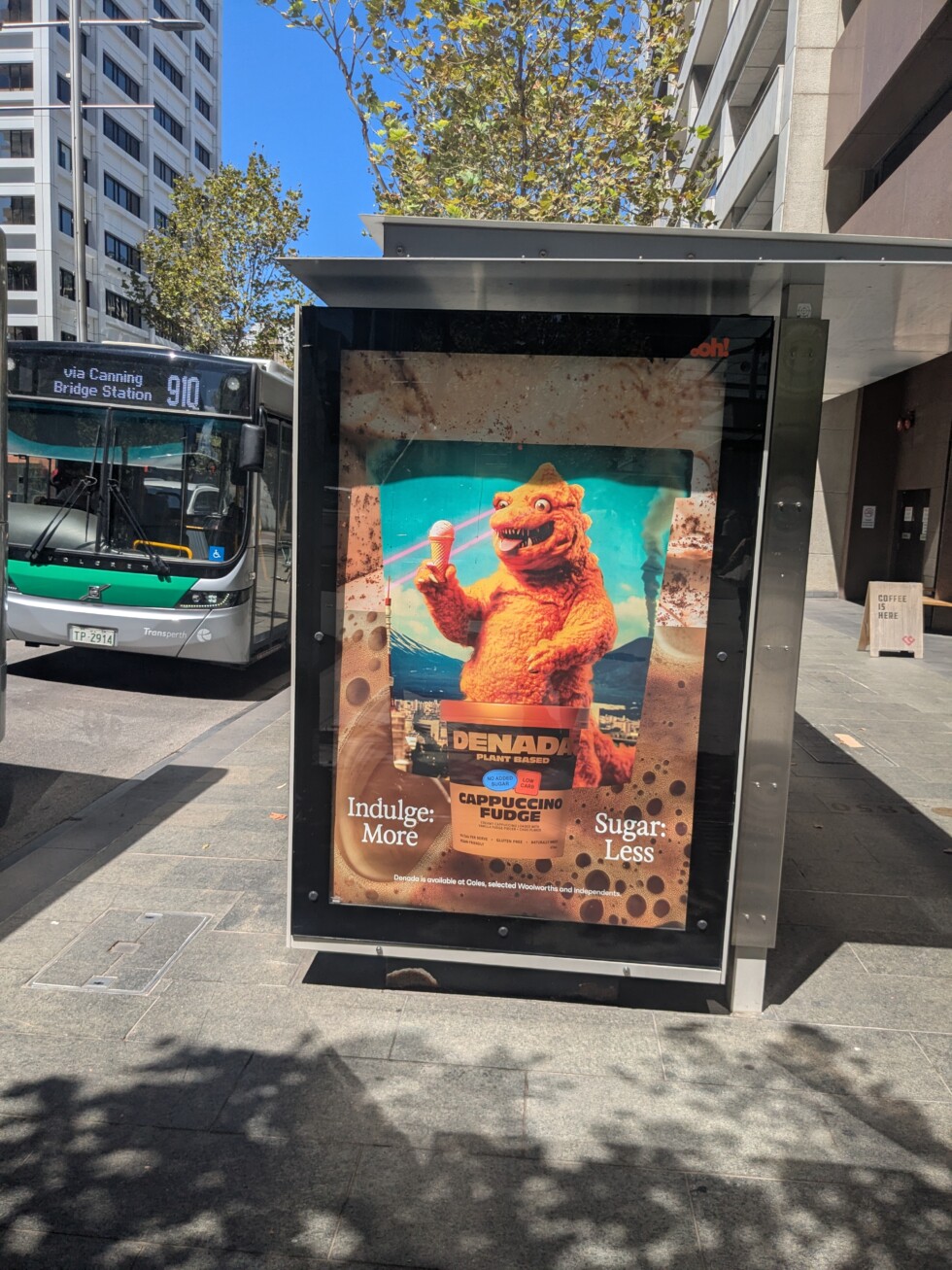
Australia’s Federal government is due to finalise restrictions on unhealthy food advertising in 2025, after considering feedback on policy options for TV and broadcast media, online and out of home, including posters within 750 metres of schools, and along major transport corridors.
Michael Cullen reports from Perth
The national clampdown follows a move by the State government in South Australia to become the country’s first state to ban junk food ads from running on public transport. As from the start of July, campaigns for brands of chocolate, sweets, desserts, ice cream, snacks and soft drinks will not be allowed on Adelaide’s trains, buses and trams.
State health minister Chris Picton said that given the influence of junk food marketing on children’s food preferences and intake, he described the move as a “sensible step towards a healthier South Australia”. The move is unusual in Australia, as the marketing of unhealthy foods to children is normally influenced by industry self-regulation.
Two-thirds of adults and one in four children in Australia are overweight or obese – Dr Alexandra Jones, George Institute for Global Health
However, the Australian Capital Territory (ACT), home to the Federal capital Canberra, was the country’s first jurisdiction to introduce such rules on junk food advertising, following the likes of London’s Underground and Amsterdam’s Metro. Jane Martin, from the Food for Health Alliance, said that advertising is persuasive and often unavoidable.
“Children, particularly adolescents, spend a lot of time on public transport, and in that space around schools, because they’re often co-located with sporting facilities.” She said that in London, stopping junk food ads on transport had no effect on advertising revenue but led to a decline in purchases of food with little or no nutritional value.
Not surprisingly, industry bodies like the Australian Association of National Advertisers (AANA) and the Outdoor Media Association (OMA), have voiced opposition to the ban in South Australia and the prospect of further restrictions nationwide on the basis that they argue they fail to address the complex issue of obesity.
Blackout
Data released by the National Obesity Strategy shows that around Au$500 million is spent annually by food companies in Australia on campaigns for food and non-alcoholic drink products high in sugar, salt and fat. The Australian Medical Association is calling for tighter rules across the board, including a digital blackout on junk food ads.
Dr Alexandra Jones, food regulation researcher at the George Institute for Global Health, says unhealthy diets have overtaken tobacco as the lead culprit contributing to disease and injury in Australia. “We’ve got two-thirds of adults who are overweight or obese and also one in four children,” she told the Guardian Australia.
“Advertising is the wallpaper of our lives,” Jones said. “Even pre-school aged children can recognise brands, as companies keen to shape their preferences aim to drive pester power, improve profits and create lifelong customers. Studies by the Cancer Council said about 80 per cent of food ads on public transport and near schools in New South Wales were for junk food.”
In Victoria, nine in 10 food ads within 500 metres of schools promoted junk food, with most of them at tram stops (44 per cent). In Perth, children who catch the train are exposed to 37 discretionary food ads on their way to school, 22 per trip if they travel by bus, and about four when walking, a report by the Telethon Kids Institute indicates.
Pictured above: Denada low carb, low lactose, gluten-free ice creams contain up to 90 per cent less sugar than regular ice cream and up to 70 per cent less sugar than a tub of natural yogurt. The brand has zero added sugar.










